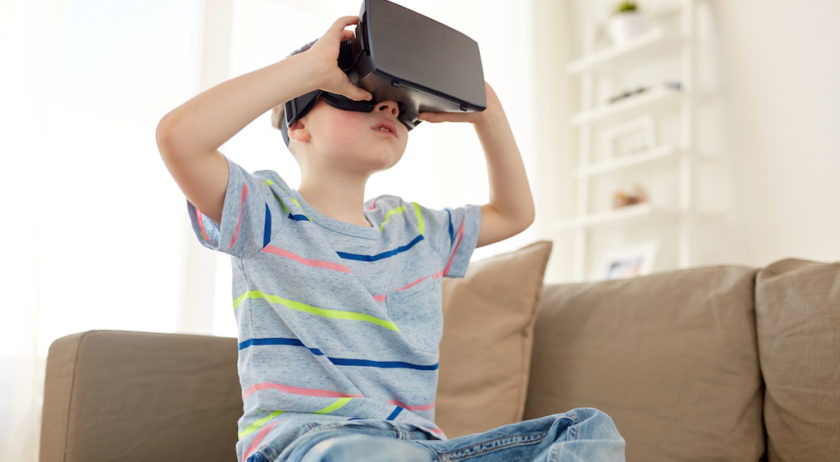The furor over excessive screen-time use among kids is growing. While recent concerns about screen-time addiction are centered on playing Fortnite, it was not too long ago that the issue was social media consumption or, for a brief time, Pokemon Go. As screens have become more accessible and mobile, they have also become more common with younger children. Screens are not going away and are likely to become even more ubiquitous in the lives of our kids. I want to propose a way that lessens the centrality of screens in kids’ lives but does not strive for the unattainable: eliminating screens from kids. We need a new strategy to moderate screen time and leverage screen use as a positive force in the lives of our children. I propose an approach that is called “Whole Play.”
Whole Play refers to the combination of different types of play (Physical, Social, Creative, Unstructured, and Digital) and often increases the benefits of play. For example, kids who play team sports get the benefits of both exercise (Physical Play) and socializing (Social Play) with their peers. Whole Play has always existed, but the 21st century version of Whole Play encompasses Digital Play as an important component of a child’s physical, social, creative, and unstructured play. Combining other forms of play with screen-based activities makes time with technology more “digitally nutritious.” Perhaps more importantly, when we encourage, rather than denigrate, children’s love of screen time as a tool to use with other activities, they are often more interested in doing these things. Whole Play can use technology to spur an interest in going outdoors via geocaching as an opportunity to measure exercise using a fitbit, to visit museums via the Internet, or to read a graphic novel. Whole Play embraces screens while encouraging other interests.
Like whole grains and other healthy whole foods, Whole Play offers a more complete package of the health benefits of play. With whole grains, each kernel contains three parts – the bran, germ, and endosperm – that all provide something nutritious. In Whole Play, we look for activities in which screen-based, digital play combines with other types of play to improve the nutrition and benefits of a child’s activity. Whole Play is an opportunity for 21st-century kids to transform their love of technology into a tool that gets them moving and experiencing nature, encourages creativity, expands interests, and enhances learning.
Rather than finding a way to get your kids to stop staring at their screens, think about Whole Play as an approach that leverages screen time into healthy activities. Here are three tips to make screen time better for your kids by making digital play into Whole Play:
Embrace and encourage digital, screen-based play as a method for learning. Rather than suggesting that kids avoid screens altogether, point out what you are learning from your own screen time and ask your kids what they have discovered in their screen time.
View smartphones and other similar screens as enormous libraries and encyclopedias. Tell tales of your family going to the library or consulting the encyclopedia to resolve family discussions. Pose questions that will make your kids think and use their screens to foster learning and discussion.
Turn screen time into exercise time. Have all family members choose the same fitness app for their smartphones and use this as a tool to encourage more exercise. Choose an app that allows you to share your fitness activity with family members to promote competition and physical activity.
This is the first in a series about “Whole Play.” In other articles, I will describe the benefits of Whole Play, how to integrate Whole Play into family and classroom activities, the impact of Whole Play on learning, and strategies for using Whole Play to improve social-emotional learning (SEL) and executive-functioning skills.




